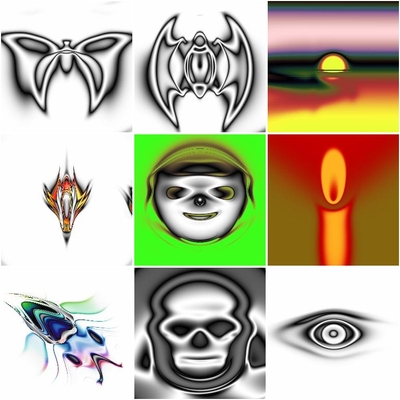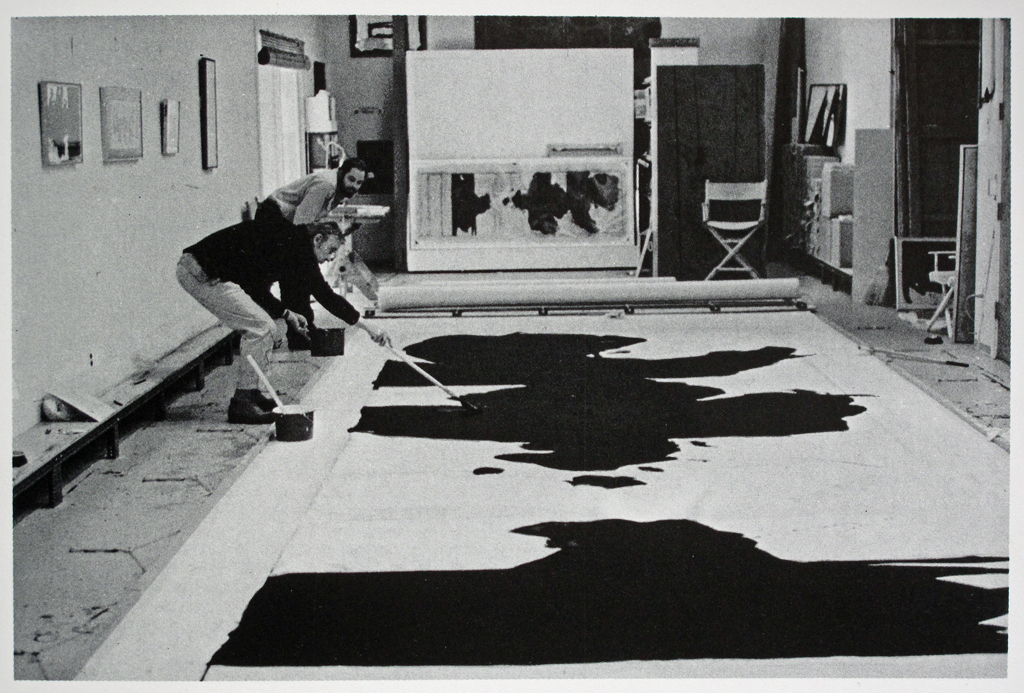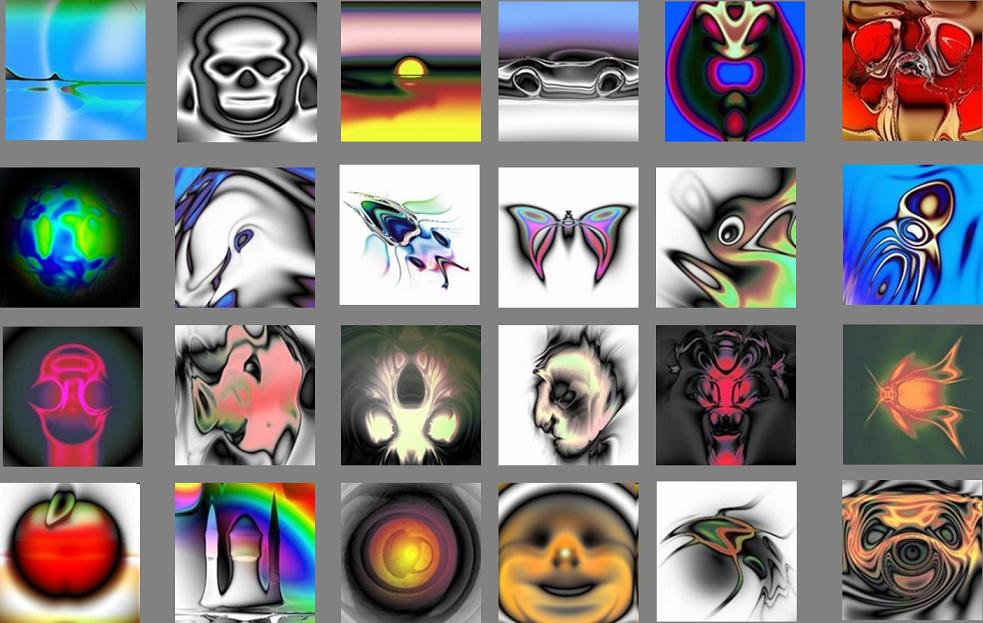On Creative Block and Machine Learning
The dreaded lump in the mind that is creative block affects just about every creative person at some point in their career.
We immediately fret and (just like toothache) look for the fastest possible way to clear it. Or alternatively fall into a period of inactivity and longing for the creative time lost.
Robert Motherwell talked about overcoming his creative block by working relentlessly, naked, in his studio and making drawings, automatically, without thinking, over and over again through the night until the dam was breached and his ideas could start to flow freely again.
Most artists have their own way of wrestling with the affliction but few ask why.
Is the point to create more of what was flowing before, or is it to create new types of work? Is the block not a block at all but the moment of a new kind of birth, the opportunity for an inflection point in the output that brings something new. So new we just don’t recognise it, and so dutifully wait, (or paint naked) until the familiar flow returns?
The answer, or at least the next stage in the discovery process may lie in the accidental outcomes of the work of Kenneth Stanley, an associate computer science professor at the University of Central Florida.
Stanley created a technology project called Pic Breeder to try and see whether a machine learning system could evolve one visual idea into another. His idea was to enable people to start choose a start and a finish image. Then the system would produce a number of randomly varied ‘offspring’ from the first image. The user could then select the most promising from these ‘children’ that was nearer to the final image and ‘breed’ the image again.
What Stanley was trying to see was how machine evolution could be used to deliver desired outcomes.
What he found was that the system was only ok at delivering the desired outcome and that it was time consuming, laborious and that there were a lot of sideways and backward steps.
Sounds like making art, right?
Interestingly however, that is not all he learned. What he also discovered (accidentally and ironically) was that if you left the machine alone it would create a dazzling array of unique, unseen and interesting images – in a way shorter number of iterations than a human guiding it. And way more interesting than anything picked by the audience as their finish images.
Art is often the creation of an outcome, a specific or unknown end to be achieved using a set of processes, techniques and ideas. But how creative are we being?
Here is the question for the artist –
When you are blocked, is your mind telling you that there is ‘runt’ thinking in your mind but your sub-conscious won’t let it live? Is it the sub-conscious mind that is blocked and not the conscious mind like we all believe?
Kenneth Stanley’s work shows what is possible creatively when you consciously embrace the different, the alternative and the un-imagined. In this way the computer’s lack of a sub-conscious has freed it to deliver genuinely new images.
Watch the video and decide for yourself.
Photo credits:
Robert Motherwell in studio – John Everett Scofield
Pic breeder images – copyright pic breeder and Kenneth Stanley




